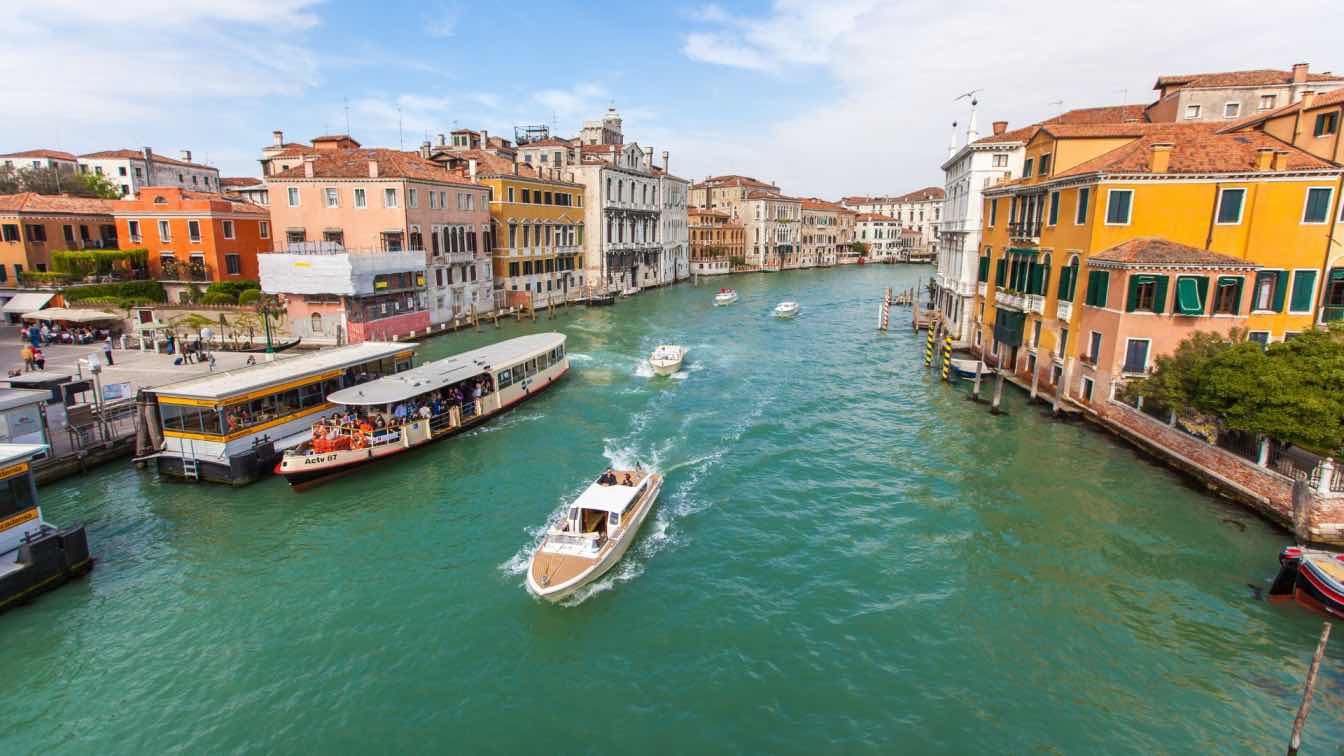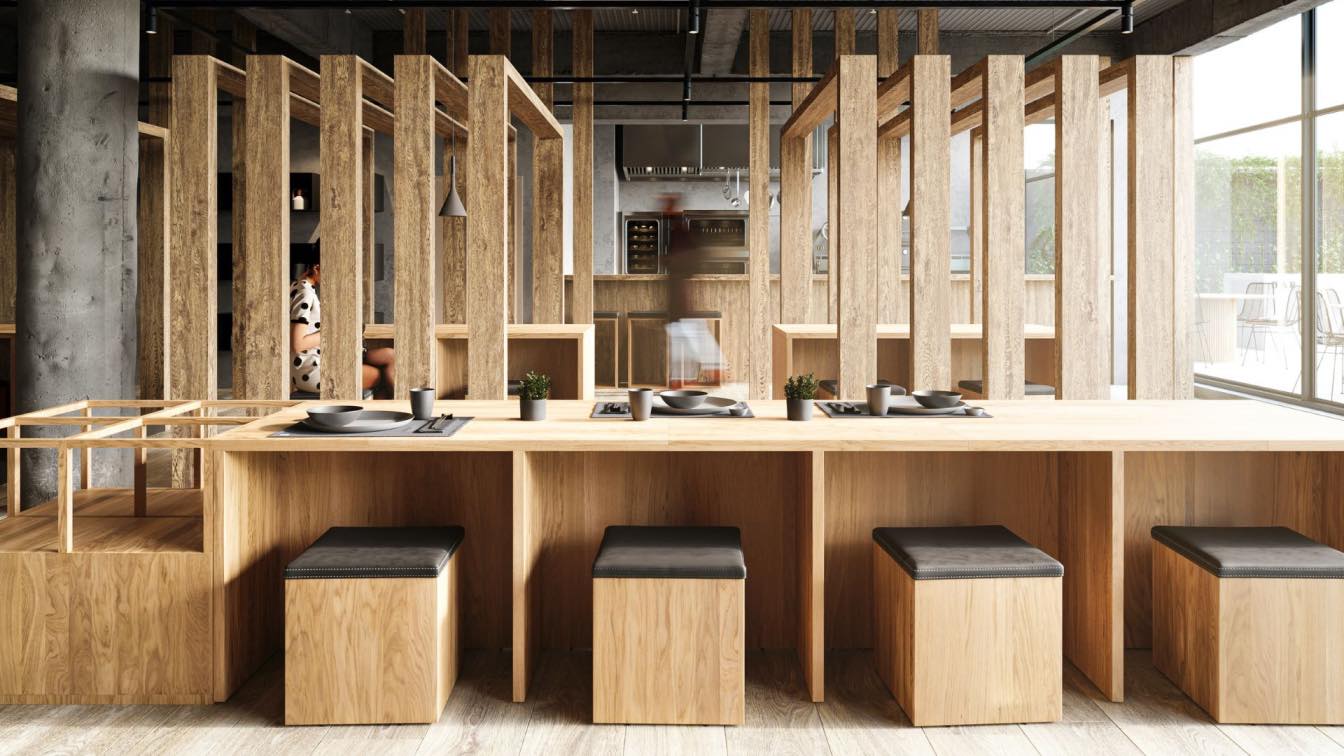Public sports facilities in urban areas are more than just fields and courts. They are vital community hubs where you can connect with others, get active, and enjoy the outdoors. From kids playing soccer to adults jogging around tracks, these spaces boost physical health and social interactions.
You may notice the difference a well-designed facility makes. When landscape architecture gets involved, these places transform from mere utility spots into engaging environments that harmonize with nature. Think shade trees that line running paths and green roofs that reduce runoff while cooling down bleachers.
In today’s piece, we’ll explore how landscape architecture breathes new life into public sports venues and invites everyone to join in, even if it’s for just a short walk.
Boosting User Experience Through Landscape Design
According to landscape design rules, you need balance and unity to create the best spaces for each community. So, when sketching your landscape design project, the main goal should be to create a space where people can relax and interact with the surroundings.
One way is to make sure seating areas provide comfort and good sightlines to events. It also helps to add interactive elements like exercise stations along jogging trails to foster an active community vibe, encouraging more people to use the facilities regularly.
Make sure to partner up with reliable and experienced providers for each project phase. For instance, if your plan includes a running track, then you should work with a certified running track construction company when it comes time to build it.
Experts know what materials and design specifications are essential for building a durable and safe surface. For instance, in the case of a running track, experts know what blend of materials to use to ensure optimal grip, reducing injury risks. They’ll also provide insights into aligning the track's layout with the surrounding landscape, maximizing space while minimizing environmental impact.
Innovative Use of Green Spaces in Sports Architecture
Green spaces are part of the user experience but also have an environmental role. They improve air quality, support biodiversity, and manage stormwater. Additionally, they create inviting areas for relaxation and social interaction, seamlessly integrating natural elements into urban sporting environments while promoting sustainability.
Imagine a stadium surrounded by community gardens or grassy slopes that double as picnic spots during events. These elements foster social interaction while providing a natural escape in urban settings. Such integration blurs the line between traditional parkland and sports venues, offering spaces where people can relax or engage in outdoor activities before games.
Green roofs on sports complexes not only reduce energy consumption but also create habitats for local wildlife. They improve air quality and help manage stormwater runoff, turning arenas into eco-friendly landmarks within cities.
Additionally, by using permeable materials for pathways, you help maintain ground health by allowing rainwater to reach the roots below. For a touch of freshness, you can implement a few vertical gardens. These don’t occupy floor space, which makes them ideal for cramped urban locations needing more plant life infusion.
Adaptive Reuse of Urban Land for Sports Infrastructure
Bustling cities often lack the space needed to create grand public sports facilities. However, this doesn’t mean there are no solutions to this problem. One such solution is to repurpose underutilized or abandoned areas like warehouses, factories, or vacant lots.
Let’s take the example of transforming an old factory into a multipurpose sports complex. This not only conserves resources by reusing existing structures but also invigorates the community with a fresh gathering spot.
Such projects typically require fewer raw materials compared to constructing new buildings from scratch, which reduces environmental impact.
Using rooftops of existing buildings for sporting activities is another creative approach. Basketball courts and running tracks atop commercial properties make use of vertical space without expanding footprints horizontally, which is ideal in densely populated areas.
Adaptive reuse strategies help maintain green belts within cities by concentrating developments on pre-existing plots rather than clearing natural lands elsewhere. By combining smart design with sustainable practices, urban areas can transform unused spaces into vibrant hubs supporting active lifestyles and enhancing neighborhood vitality.
Wrap Up
In summary, combining landscape architecture with sports facilities strengthens community bonds and environmental sustainability, fostering healthier, more connected urban spaces.





